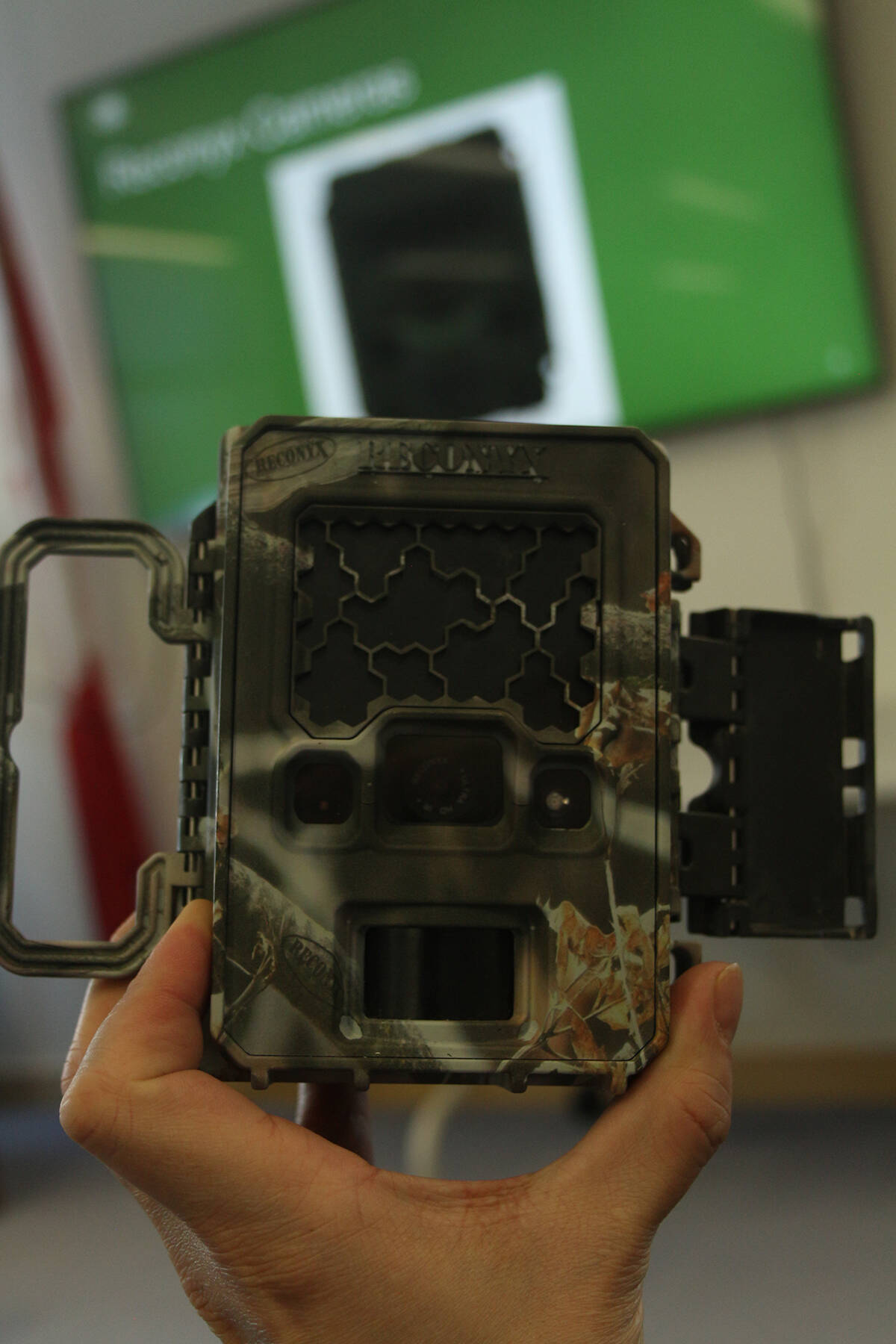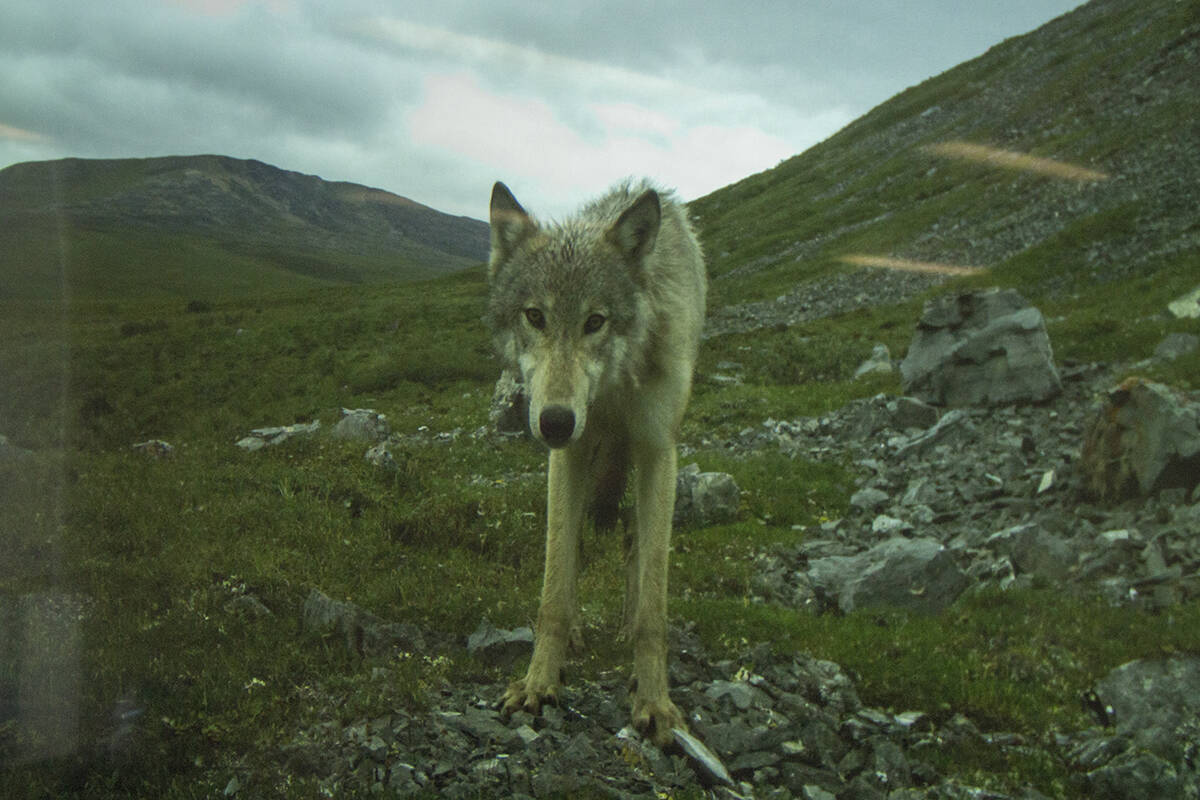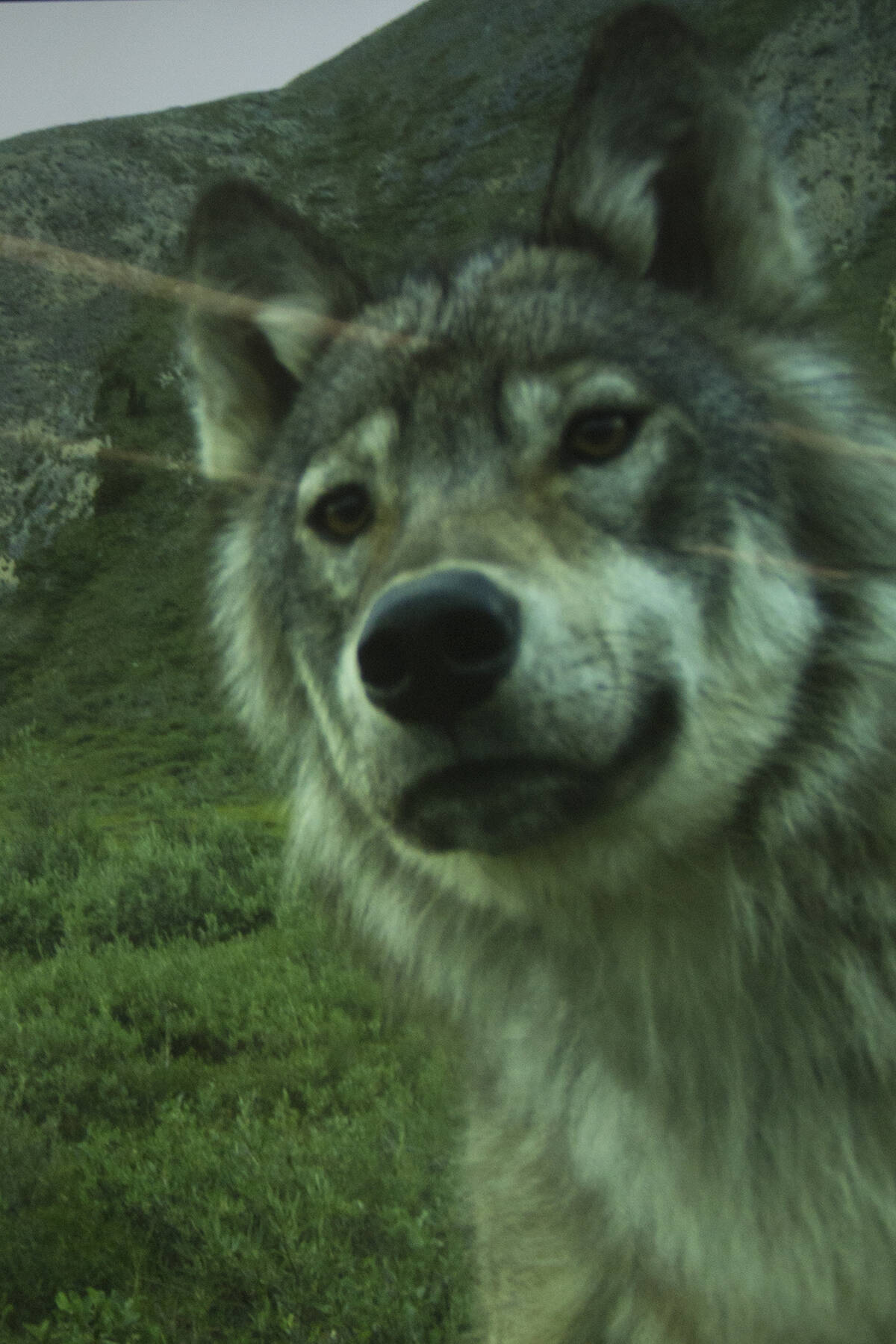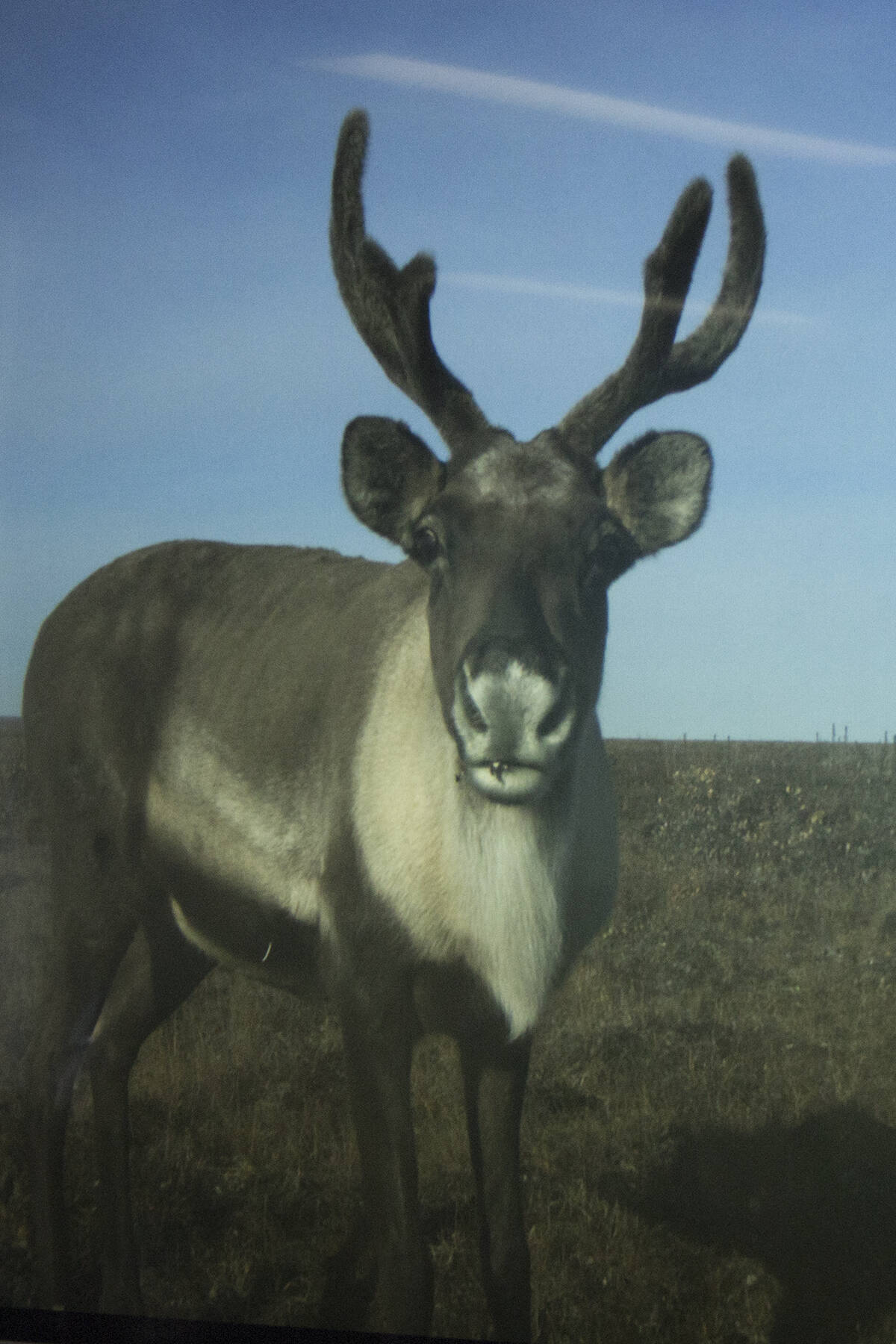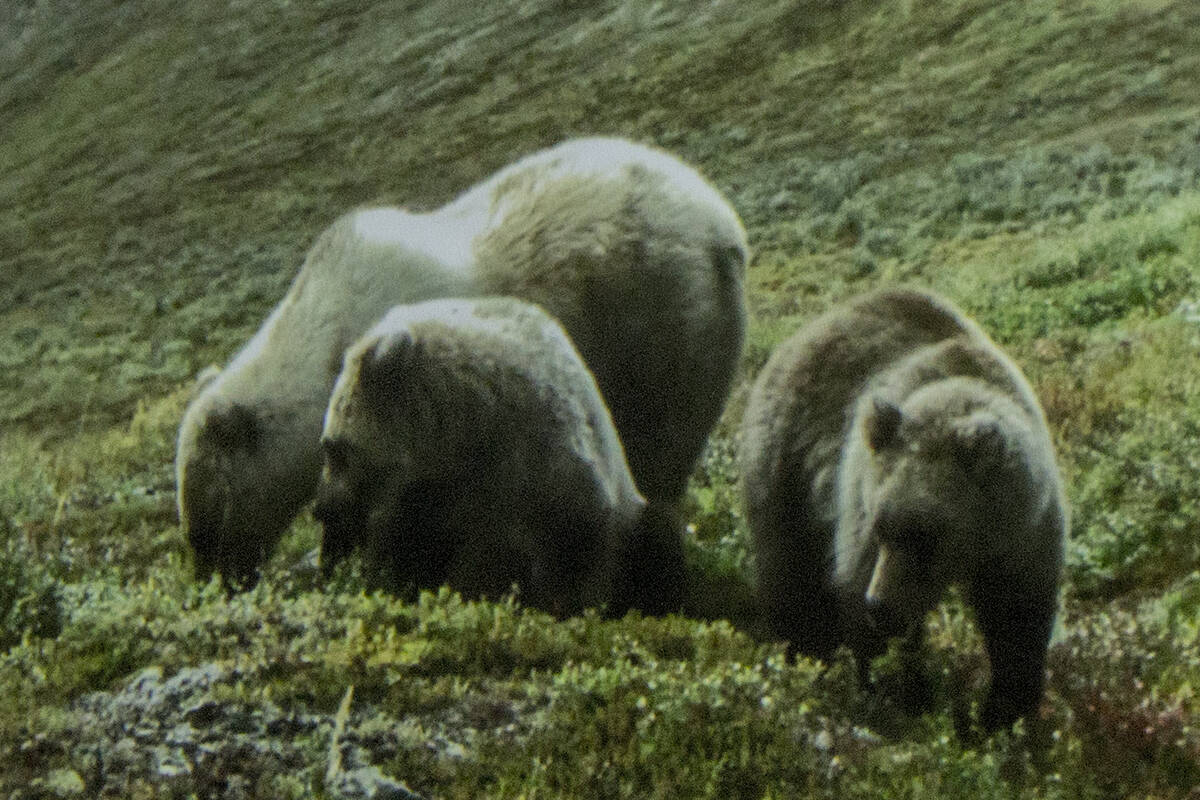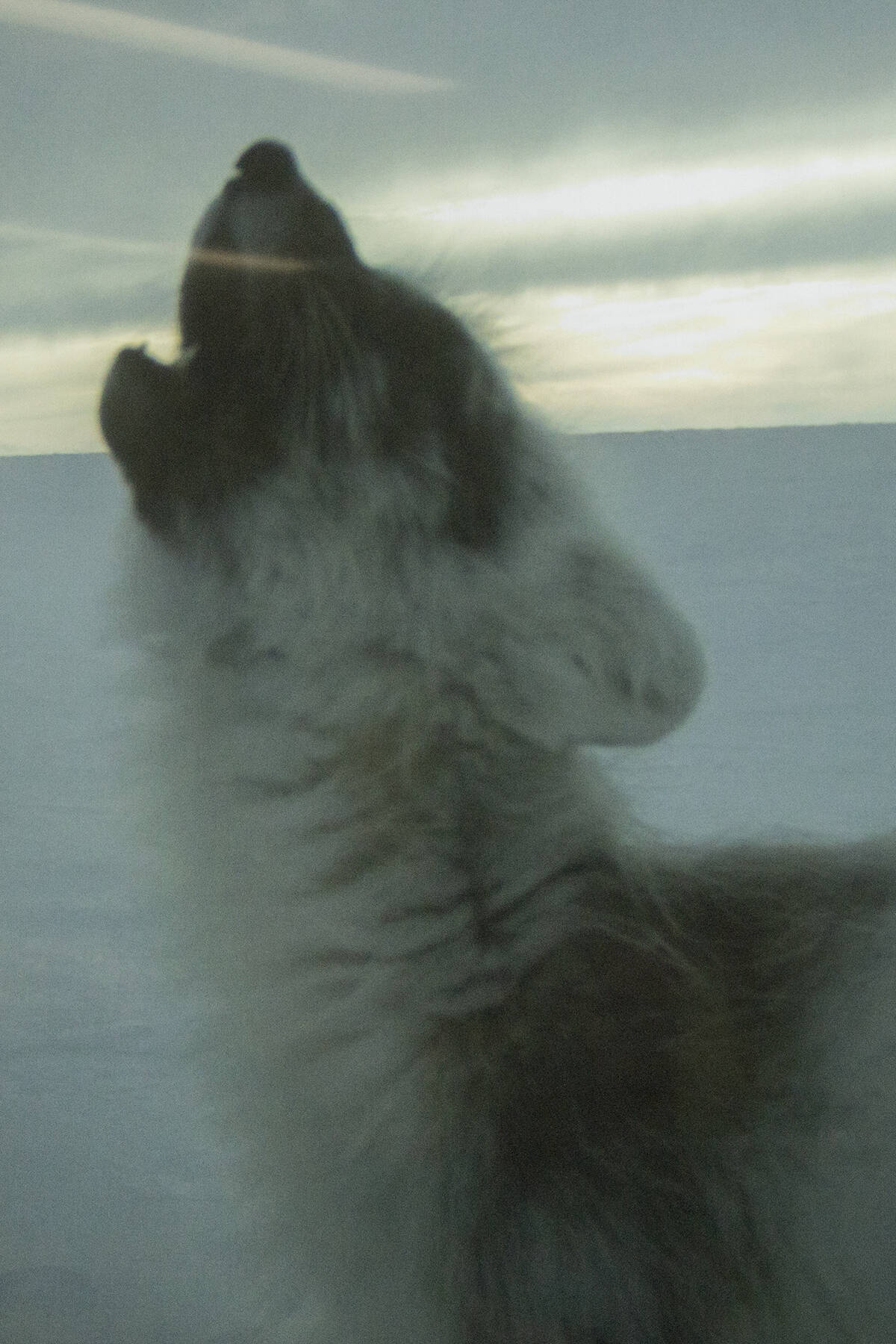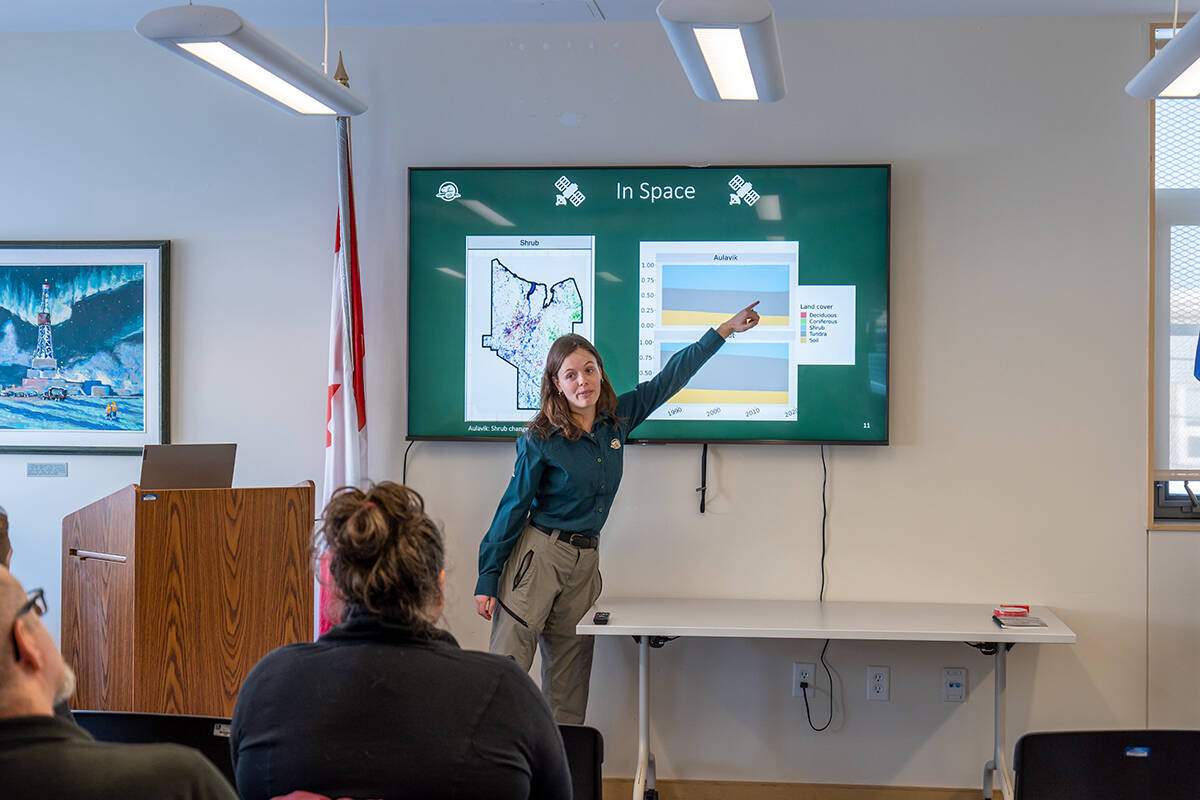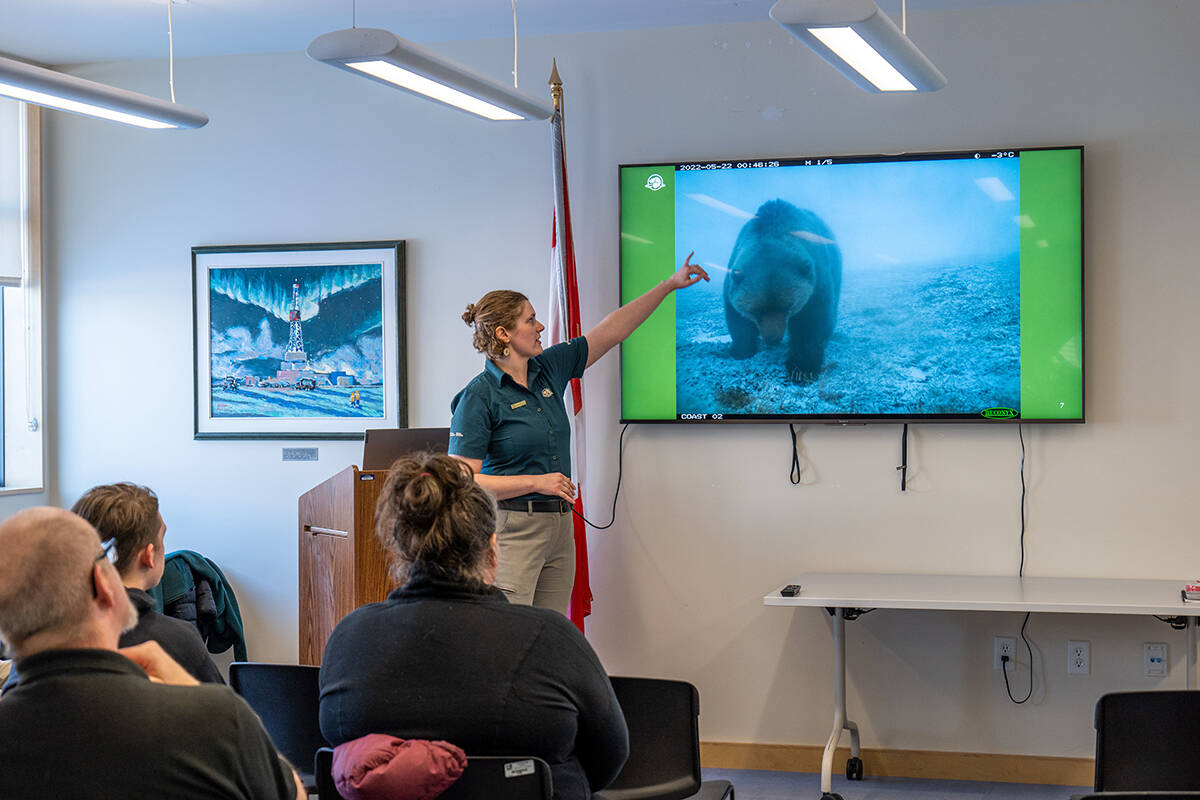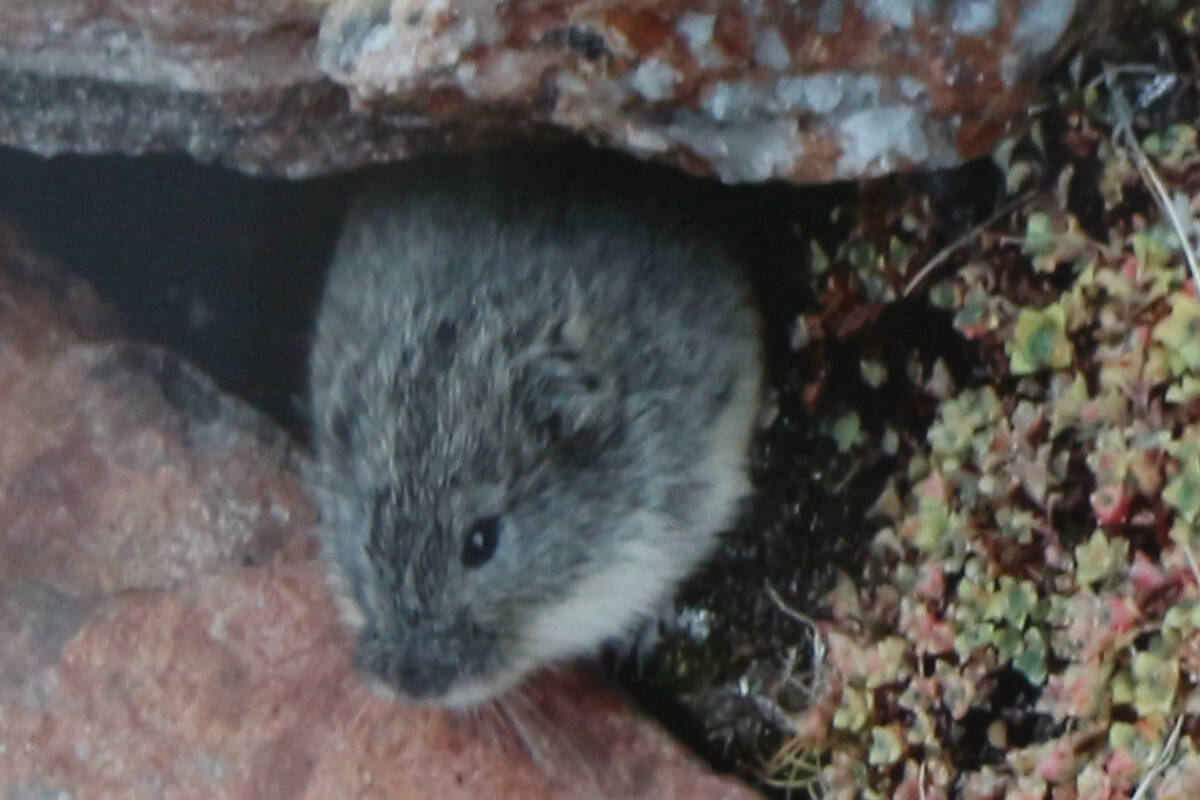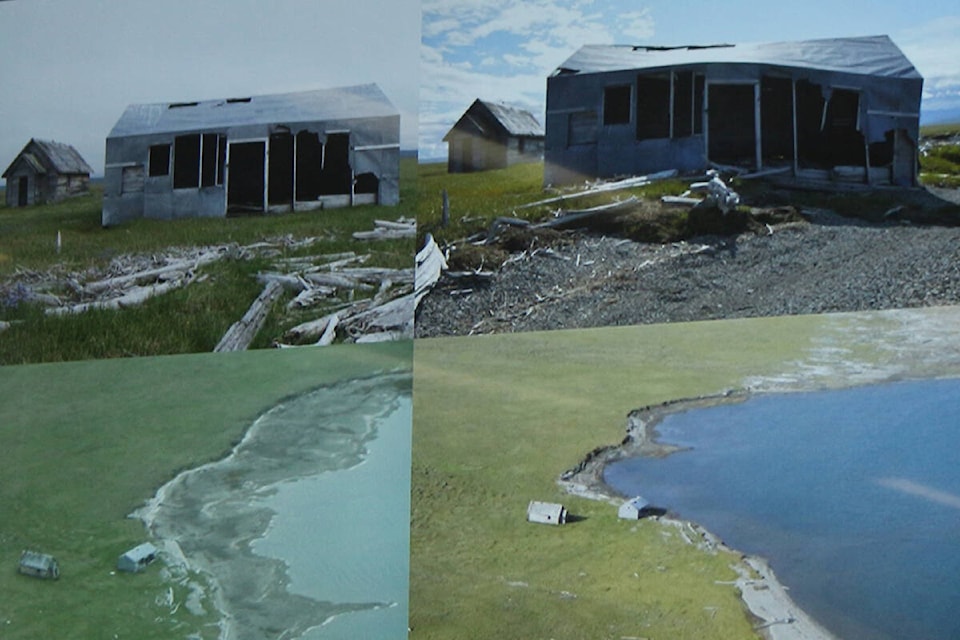Parks Canada isn’t just about tour guides and campground maintenance.
Across the North, the agency is a vital part of Canada’s scientific research body. Based in Inuvik, Parks Canada employees both keep watch and conduct active research in five distinct protected ecosystems: Ivvavik National Park, Tuktut Nogait National Park, Aulavik National Park, the Pingo Canadian Landmark and Saoyú-?ehdacho National Historic Site.
“Parks Canada is responsible for monitoring long-term trends in ecosystems,” said ecologist team leader Laurence Carter. “The goal is to collect data over a long period of time and monitor trends and changes to know what’s going on up there.”
In the North, Parks is concerned with two ecologies in particular — freshwater and tundra. Monitoring each requires frequent sampling of sites for analysis, which requires going out into the field. As helicopters are expensive, jobs are typically stacked up to make sure the scientists are getting the most out of their fuel.
In the water, researchers keep track of the water quality, the flow of the stream and the insects that live within the water column. As they are usually the food source for everything else, anything that affects the bugs trickles up through the food web.
On the tundra, a large number of items are tracked. Surveys of caribou, songbirds and muskox are frequently conducted and a raptor survey is in the works of being resurrected. Vegetation changes are tracked in person and by satellite, while permafrost is monitored using drones and in person surveys. Animal populations are frequently observed from helicopter.
Parks Canada pays particular attention to the lemming population as they tend to be a food source for most other predators in the region. Contrary to popular belief, lemmings do not run en mass into the ocean if their populations get to large. Usually instead their numbers are kept in check by everything else living in the park.
Community engagement is an important part of Parks Canada’s work in the North as well. Every year, the agency provides financial support for on-the-land harvest camps and assists in the annual spring goose hunt with East Three school. Parks Canada also hosts Pingo Pride each year and cultural camps at Tuktut Nogait National Park and other various community gatherings.
For example, Parks recently employed students to interview Elders about the history of Qainiruviq or Clarence Lagoon trading post, a historic site which will soon be lost to the ocean as the coast erodes around it. Students were able to collect the oral history of the building to ensure it is not forgotten.
One major project underway with Parks is monitoring the Porcupine Caribou herd and how it is responding to climate change. Using GPS and video collars, alongside plant and insect samples, scientists are hoping to get an estimate of where the herd is going as the North warms. Carter said video footage of what the caribou effectively sees will be available from some of the collars once the project has gotten underway.
Animals pose for the camera
Another element of Parks Canada’s research is using remote cameras to catch animals in their element without disturbing them.
Resource management officer Jacqueline Menzies said the agency had 32 Reconyx cameras set up along the Firth river valley, a minimum of one kilometre apart. These cameras are able to perform in the frigid Arctic winter temperatures and track both the snowpack of each area and any animals that come within three metres of them. They are also equipped with an infrared camera for night time.
“The Firth River valley was divided into 10-kilometre square sections and a camera was put randomly in each of them,” she said. “We’ve separated them into three different categories. We have our off-ice, our canyons — more of the mountainous areas, and then the coasts.
“Each time the camera gets trigger, it will take five photos.”
Parks employees swap out batteries to the cameras twice a year, which is also when they collect the photos. Menzies said the cameras and the casing they’re in are quite durable and can withstand bites from their subject matter, though this last summer a bear managed to bend an iron post over.
Swapping of cameras is done in sync with other field work to maximize fuel efficiency.
While the intent of the program is to monitor the grizzly bear occurrences, many other animals get in on the action as well.
Occurrences does not mean population, though the two factors are related. By monitoring the amount of bears sited within the range of mid-April to mid-October over two-week periods, scientists can estimate the health of the population.
Monitoring bears this way is necessary because of the range of bears, which makes surveying the population itself is very expensive.
